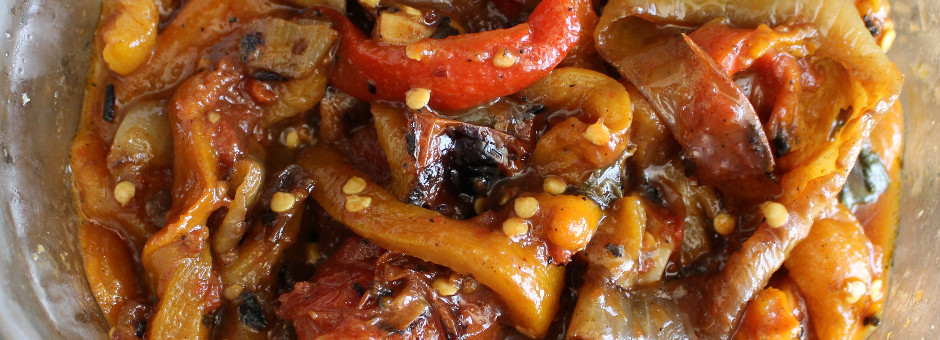Vegetables & Other Side Dishes
- 3 medium firm eggplants
- Kosher salt for disgorging
- flour for dredging
- olive oil or vegetable oil
- 1 recipe marinara sauce per recipe under "tomato sauces" tab
- 1 pound shredded Italian cheese blend or mozzarella cheese
- Grated parmigiana cheese
Baked Stuffed Zucchini
-c9f0f.jpg)
Zucchinis are perfect to stuff. Halved lengthwise and pulp removed, their raw shells are firm, securely holds generous amounts of stuffing. When filled and baked, they become pleasantly tender.
Traditional Italian breadcrumb and sausage stuffing is flavored with onion, garlic, grated parmigiana cheese, fresh parsley, and basil. Sautéed pulp is incorporated into stuffing along with egg for binding. Chicken broth is added for ideal texture and moisture.
Scraping with a spoon is a convenient and easy way to cleanly remove pulp.
Zucchini halves are stuffed, sprinkled with additional parmigiana and cooked in an oiled baking pan. They can be prepared well ahead, timed to coincide with other dishes being served or bake earlier and reheated.
Ingredients:
- 5 medium zucchinis
- Olive oil as needed
- ½ cup diced onion
- 4 large garlic cloves finely chopped
- 1-pound ground Italian sausage meat
- 2 cups breadcrumbs
- ½ cup ground parmigiana cheese
- ¼ cup chopped basil
- ¼ cup chopped parsley
- 1 beaten egg
- 15.4 oz. can chicken broth
- Salt and pepper to taste.
Preheat oven to 375°direct heat.
Discard their rough tips and half each zucchini lengthwise. Remove pulp with a spoon and reserve.
Sauté onions and garlic with olive oil over medium heat until translucent. Place in a bowl large enough to mix all ingredients.
Place sausage meat in the same pot. Using the edge of a spatula, shred meat while cooking. When lightly browned, add to bowl.
Sauté pulp until softened throughout. Also add to bowl.
Add remaining ingredients, breadcrumbs, parmigiana, basil, parsley, about half of chicken broth, and an egg to bowl. Using surgical gloves, thoroughly combine all ingredients. Add additional broth as needed. Mixture should be moist and retains its shape when formed. Adjust seasoning (salt and pepper) if needed.
Fill shells, place in baking pan; lightly brush with oil.
When ready to bake, sprinkle tops with additional parmigiana cheese and place in a 350° oven direct heat oven. Zucchinis are ready when shells are softened when pricked with a folk and stuffing is heated through in about a half hour.
Half zucchini. Garnish tops with additional chopped parsley just before serving.
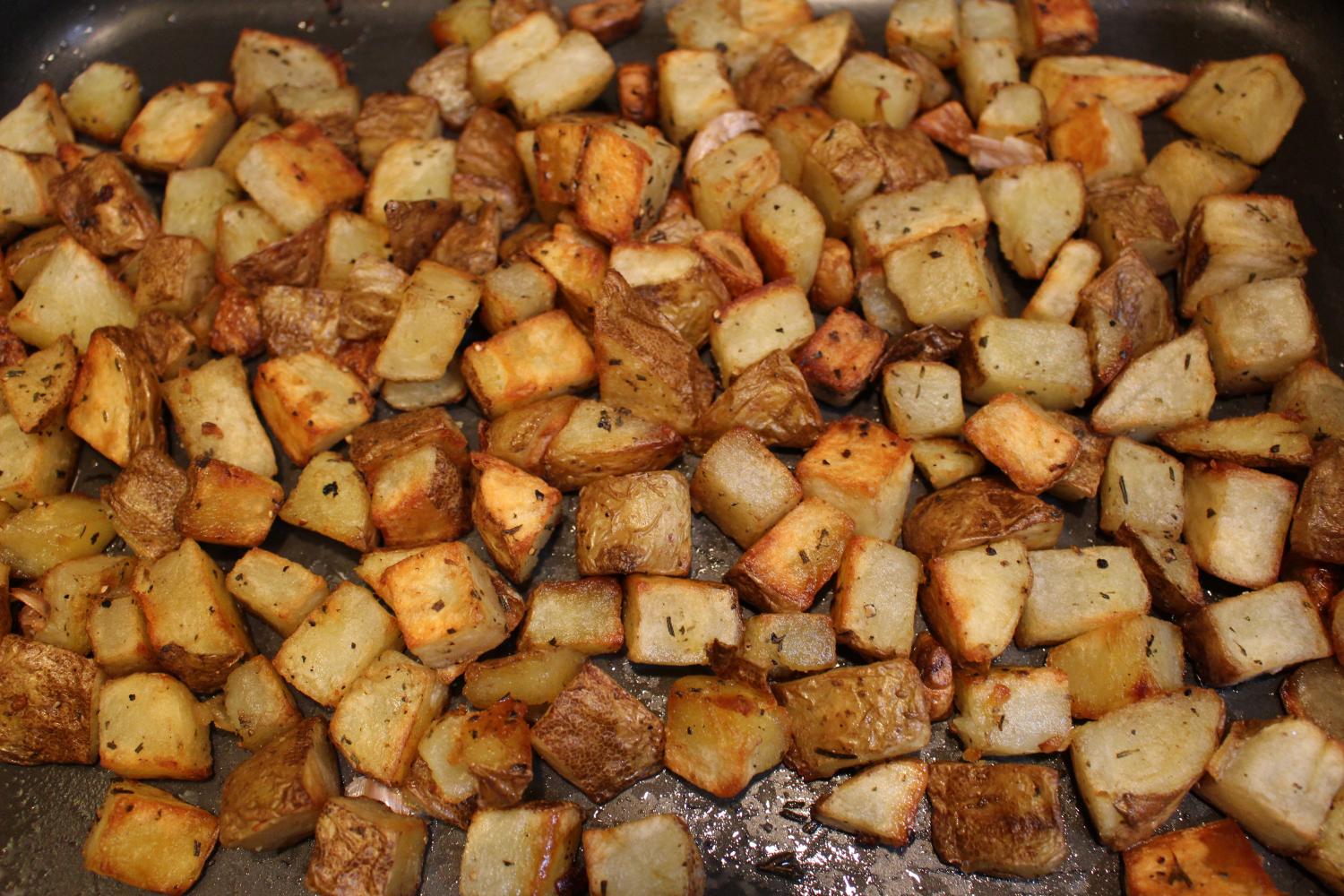
- 3 large russet potatoes
- Olive oil
- 4 or 5 garlic cloves
- Tuscany seasoning (or fresh minced sage and rosemary, or dried)
- salt and pepper
- Try Montreal seasoning instead of Tuscany seasoning, salt and pepper especially if serving with beef or pork.
- For additional heat, you can add your favorite chipotle seasoning.
- 5 pounds' russet, scrubbed not peeled
- Pete's Garlic Oil (please see basic recipe under Pete's Garlic Oil tab
- 1 Tablespoon Tuscany seasoning or liberal amounts of fresh chopped rosemary needles and sage leaves.
- Kosher salt
- 1/2 cup (or more to taste) pitted and halved Kalamata olives
.jpg)
- 2 large russet potatoes
- Olive oil
- Tuscany or favorite seasoning; salt and pepper
- 4 mild Italian sausages
- 2 Tablespoons Olive Tapenade or Olive Muffuletta
- Chopped parsley
.jpg)
- 2 pounds Brussels sprouts washed, outer leaves removed, and cut in half lengthwise
- Pete's Garlic Oil, made with 1/2 cup olive oil, 4 or 5 garlic cloves, 1/2 teaspoon Tuscany seasoning and a pinch of red pepper flakes
- 1/2 to 3/4 pounds' thick cut bacon (I use 3/4 lb.)
- Balsamic glaze, homemade (see my recipe) or store bought.
- ½ cup olive oil
- 5 cloves garlic
- 3” sprig fresh Rosemary or 1 teaspoon Tuscany seasoning
- Pinch red pepper flakes
- 6 orange, red and/or yellow bell peppers.
- 1 to 1 ½ pounds fresh Italian plumb tomatoes or 14.5 oz. can “fire roasted” plum tomatoes.
- 1 medium onion
- Salt and pepper
- Additional pinch of red pepper flakes
- 2 tablespoons red wine vinegar
- Coarsely chopped basil
- Add chopped olives like Kalamata
- Anchovies
- Drizzle serving dish with a light drizzle of balsamic glaze
-16790.jpg)
Bursting with flavor, this Cajun side dish can be served like baked beans at a southern barbeque cookout with pulled pork, ribs, chicken, or burgers. It can also be served over rice.
This version starts with smoked sausage, bacon, traditional Cajun Holy Trinity (diced bell pepper, onion, and celery), garlic, Creole and other seasonings and herbs.
Cubed pancetta, ham, smoked pig’s feet, knuckles, salt pork, leftover ham, and/or other favorites can be added or substituted.
Red kidney beans are simmered in the flavor pot with chicken broth. No need to pre-soak nor par-boil beans.
The holy trinity is a common flavor base often used in Cajun and Louisiana cooking. I was first introduced to it watching Emeril Similar to Italian Battuta, it is made with onions, bell peppers and celery.
Ingredients:
- 1-pound dried red kidney beans
- Olive oil
- 12 to 14 oz Andouille or other smoked sausage
- 4 slices thick bacon cubed
- 1 cup diced bell peppers
- 1 cup diced onion
- 1 cup diced celery
- 4 large garlic cloves
- 2 32 oz. boxes chicken broth
- 2 tablespoons tomato paste
- 1 teaspoon dried basil or 1 tablespoons fresh finely chopped
- 2 teaspoons Creole seasoning
- 1 Bay leaf
- salt and pepper
- 2 cups brown rice
- 2 tablespoons butter
- About 5 cups lol sodium chicken broth
Rinse beans in a strainer. Remove any debris while placing them in a bowl.
Slice sausage into quarter in lengths. Sauté in olive oil until lightly browned,remove. Render bacon fat. Add bacon to sausage.
Sweat pepper, onion, and celery by stirring in same pot over medium-low heat. When they begin to caramelize, add garlic. Cover pot and reduce heat to low to slowly extract their flavors, about a half hour.
Add both boxes of broth, tomato paste, basil, Creole seasoning, and bay leaf. Bring to a light boil while stirring. Add beans and simmer. After about an hour, add sausage, bacon and additional broth if needed.
Adjust seasoning when beans are tender.
Simmer your favorite rice with broth and butter.
.jpg)
.jpg)
- 1¼ cup Organic Farro grains*
- 1 32 oz. box chicken broth
- 2 tablespoons butter
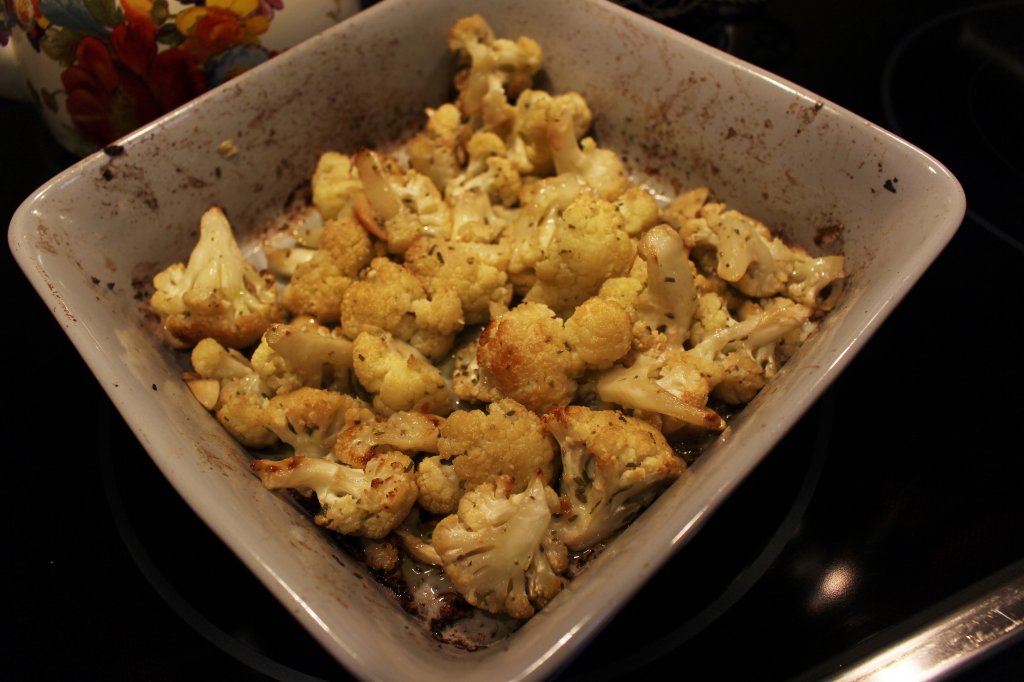
- 1 head of cauliflower
- 1/2 cup of olive oil
- 5 medium garlic cloves
- 1 1/2 tablespoons Tuscany seasoning
-c20ad.jpg)
....A Popular Side Dish Frequently Served at Home
Orzo is rice shaped pasta served as a perfect substitution for rice or potatoes .
Not only delicious it is incredibly easy to make. Orzo is simply simmered with chicken broth. Once broth is absorbed it is finished with remaining butter.
Picture shows it served alongside of slow braised lamb stuffed with Rabi and topped with braising sauce.
It also pairs exceptionally well with chicken, veal Marsala, shrimp scampi, beef and lamb. This recipe will serve a large gathering of eight but can easily be sized down.
Optional, peas can be just cooked through and tossed with orzo before serving.
- 1 16oz, package of Orzo, rice shaped pasta
- 32oz. box of chicken broth
- 2 tablespoons butter
- 1 cup frozen peas
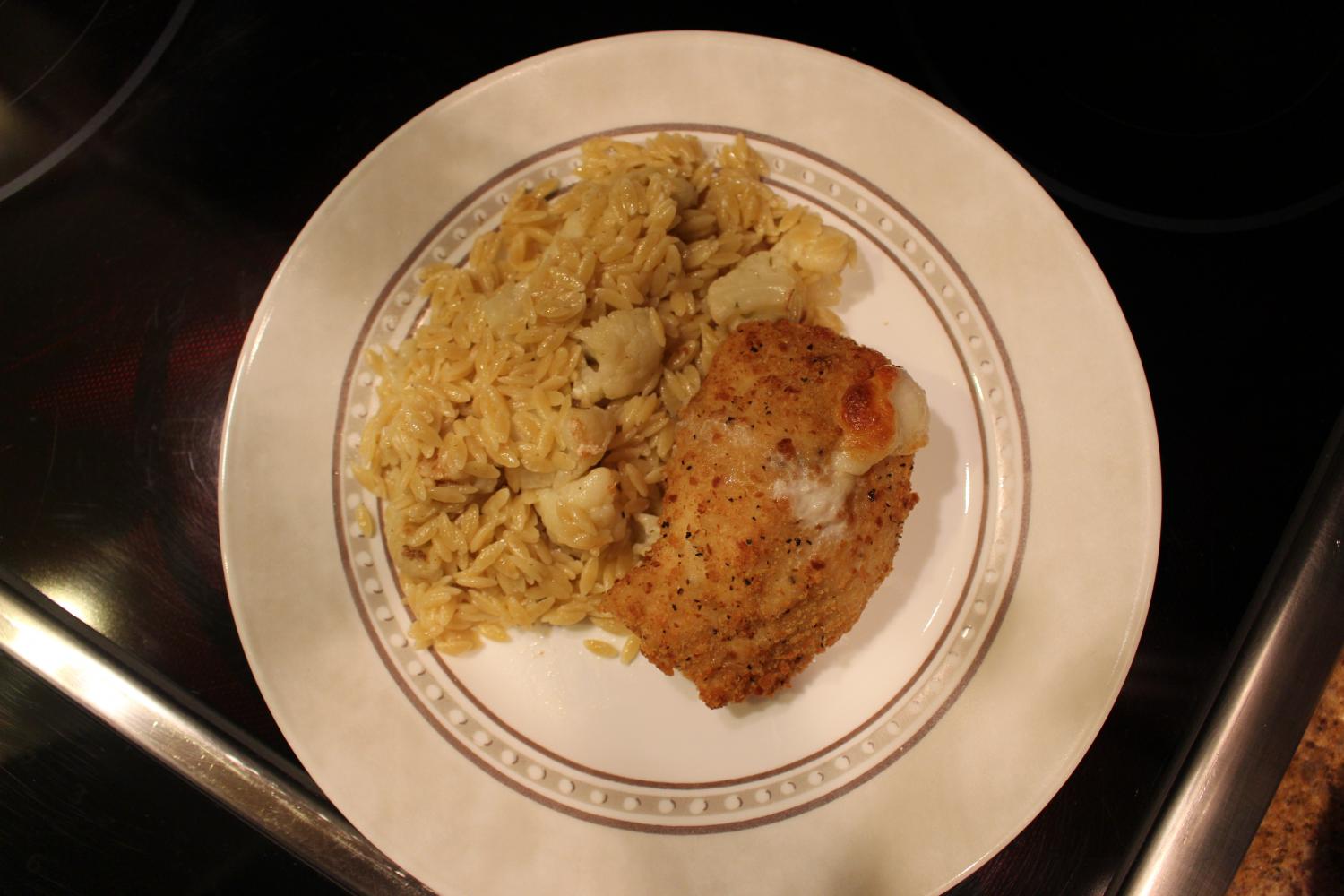
- 1 pound frozen cauliflower flowerets
- Peter's garlic oil or plain olive oil
- 32oz. box of chicken broth
- 1 pound orzo
- 1 tablespoon butter
- 1 teaspoon Tuscany seasoning
- 4oz. cream cheese
- 1/4 cup grated or 3/4 cup shredded parmigiana cheese
.jpg)
- 1 acorn squash
- 1/8 teaspoon cinnamon
- 2 packages trivia
- 1 1/2 tablespoon butter
- 1 acorn squash
- 1 1/2 tablespoon butter, room temperature
- 1 1/2 tablespoon brown sugar
- Salt
- 2 pounds white or baby bella mushrooms
- Peter's Garlic oil (or fresh garlic and olive oil)
- 1-14.4 oz. can chicken broth regular or gluten free
- 3/4 cup sherry
- Tarragon, preferably fresh.
- 2 tablespoon butter
- 2-pounds Baby Bella mushrooms
- 4 tablespoons, ½ stick unsalted butter
- Juice from 1 lemon, about 3 tablespoons
- 1 tablespoon flour
- 1 egg yolk
- ¼ cup coarsely chopped flat leafed Italian parsley
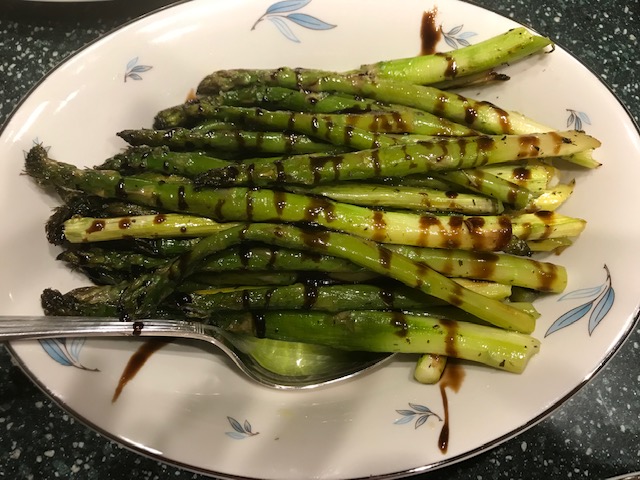
- 2 pounds of asparagus spears
- 3 tablespoons olive oil
- 2 teaspoon Tuscany Seasoning
- Ground black pepper
.jpg)
- Drizzle with Balsamic Glaze in a zigzag pattern across the asparagus. If your container doesn't have a spout, sweep across them with a filled kitchen spoon.
- Parmigiana Cheese Topping, reduce Tuscany seasoning to 1/2 teaspoon. When asparagus is almost ready, drizzle with 2 tablespoons of melted butter and sprinkle with a few tablespoons of grated parmigiana cheese. Return to oven for an additional minute. Stage in a serving bowl or platter. Drizzle with butter and juices; serve.
- Seasoned Breadcrumbs and Butter. Reduce Tuscany seasoning to 1 teaspoon. Top baked or roasted asparagus with 1/4 cup seasoned breadcrumbs. Drizzle with 2 tablespoons of butter. Lightly brown under the broiler and serve immediately.
